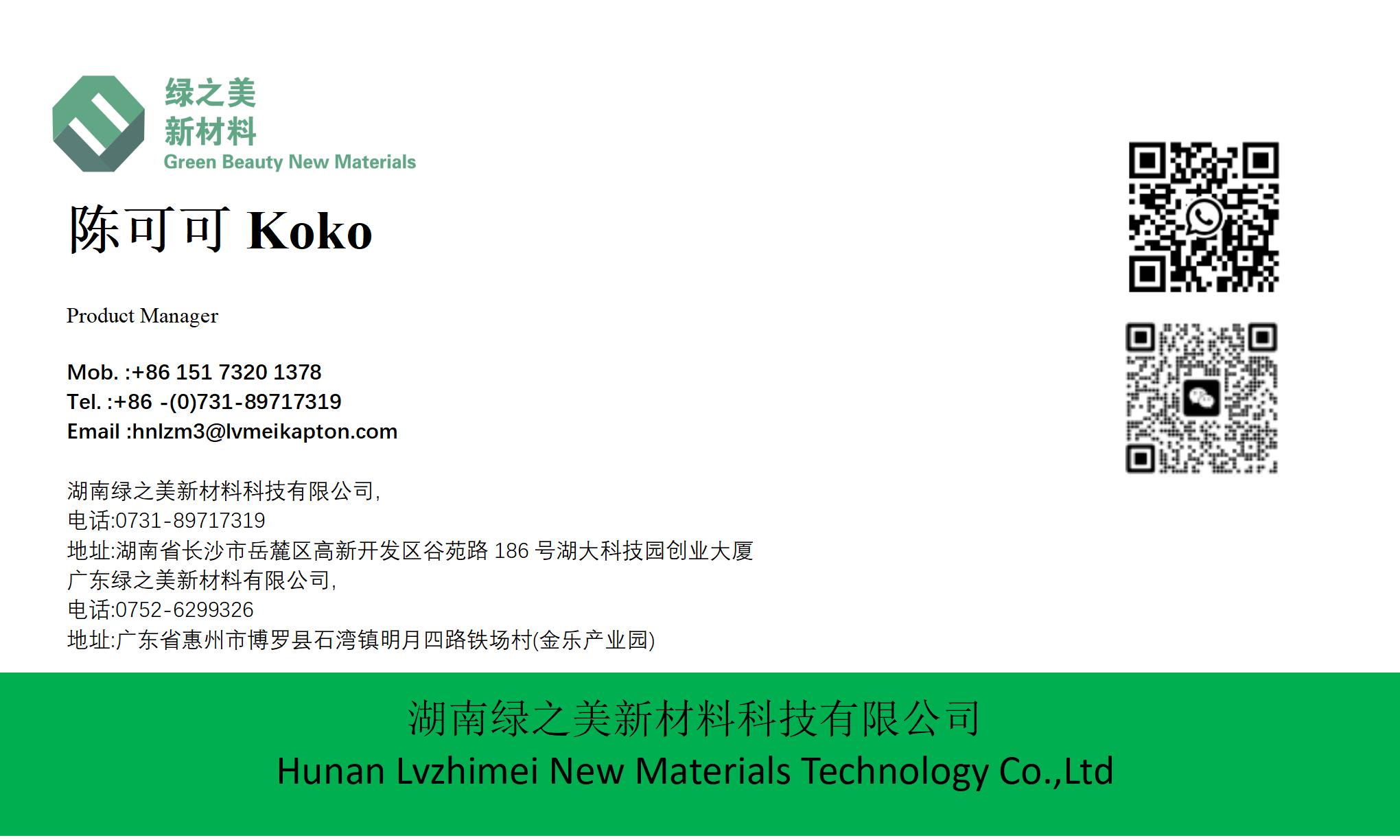



Which Innovations in PI Tape Formulations are Driving the FlexPCB Revolution | https://www.lvmeikapton.com/
The flexible printed circuit board (FlexPCB) industry is undergoing a remarkable revolution, driven by a series of innovations in polyimide (PI) tape formulations. PI tape, a vital component in the manufacturing of FlexPCBs, is evolving to meet the increasingly demanding requirements of modern electronics. Understanding which specific innovations in PI tape formulations are driving this revolution provides valuable insights into the future of flexible electronics.
One of the key innovations is the development of PI tapes with enhanced thermal conductivity. As electronic devices become more powerful and compact, they generate more heat, necessitating materials that can effectively dissipate heat. Advanced PI tape formulations incorporate materials with high thermal conductivity, such as ceramic fillers, to improve heat management. This ensures that FlexPCBs can operate efficiently and reliably in high-temperature environments, such as in automotive electronics and industrial control systems.
Another significant innovation is the improvement in mechanical flexibility and durability. FlexPCBs are designed to withstand repeated bending and twisting, making them ideal for applications in wearable technology and medical devices. PI tapes are now being formulated with advanced polymers that offer greater flexibility and resilience, allowing the tape to maintain its protective properties even under severe mechanical stress. This includes the development of ultra-thin PI tapes that can conform to complex shapes without compromising performance.
Advancements in adhesive technology are also playing a crucial role. PI tapes must adhere securely to the FlexPCB without affecting its flexibility or electrical properties. New formulations feature enhanced adhesive systems that provide strong bonding to a variety of substrates, ensuring reliable adhesion throughout the manufacturing and operational life of the FlexPCB. This is particularly important for applications where the tape needs to withstand harsh environmental conditions.
The development of PI tapes with superior electrical insulation properties is another key driver of the FlexPCB revolution. As circuits become more densely packed and operate at higher frequencies, the need for materials with low dielectric constant and high dielectric strength becomes critical. New PI tape formulations are designed to minimize signal loss and interference, enabling faster and more reliable data transmission. This is essential for supporting the next generation of high-speed and high-frequency electronic devices, including 5G technology and IoT applications.
Chemical resistance is also a focus area for PI tape innovation. FlexPCBs are increasingly used in environments exposed to harsh chemicals, such as in industrial and medical settings. PI tapes are being formulated to resist degradation from these substances, ensuring that they maintain their integrity and functionality over the lifespan of the FlexPCB.
Furthermore, the trend towards sustainability is influencing PI tape formulations. As environmental concerns grow, there is a rising demand for eco-friendly materials and processes. This includes the development of PI tapes that use biodegradable or recyclable components, as well as manufacturing processes that minimize waste and energy consumption. These sustainable formulations not only reduce environmental impact but also meet the growing demand for green electronics.
In addition, innovations in PI tape formulations are enabling the miniaturization of FlexPCBs. As electronic devices become smaller and more powerful, FlexPCBs must be designed with higher circuit density and smaller component sizes. PI tapes that are thinner and more precisely applied are essential for achieving these design goals, enabling the development of more compact and efficient electronic devices.
In conclusion, several key innovations in PI tape formulations are driving the FlexPCB revolution. These include advancements in thermal conductivity, mechanical flexibility, adhesive technology, electrical insulation, chemical resistance, sustainability, and miniaturization. As these materials continue to evolve, they will play a crucial role in enabling the development of more advanced and reliable flexible electronics, driving innovation across a wide range of industries.





